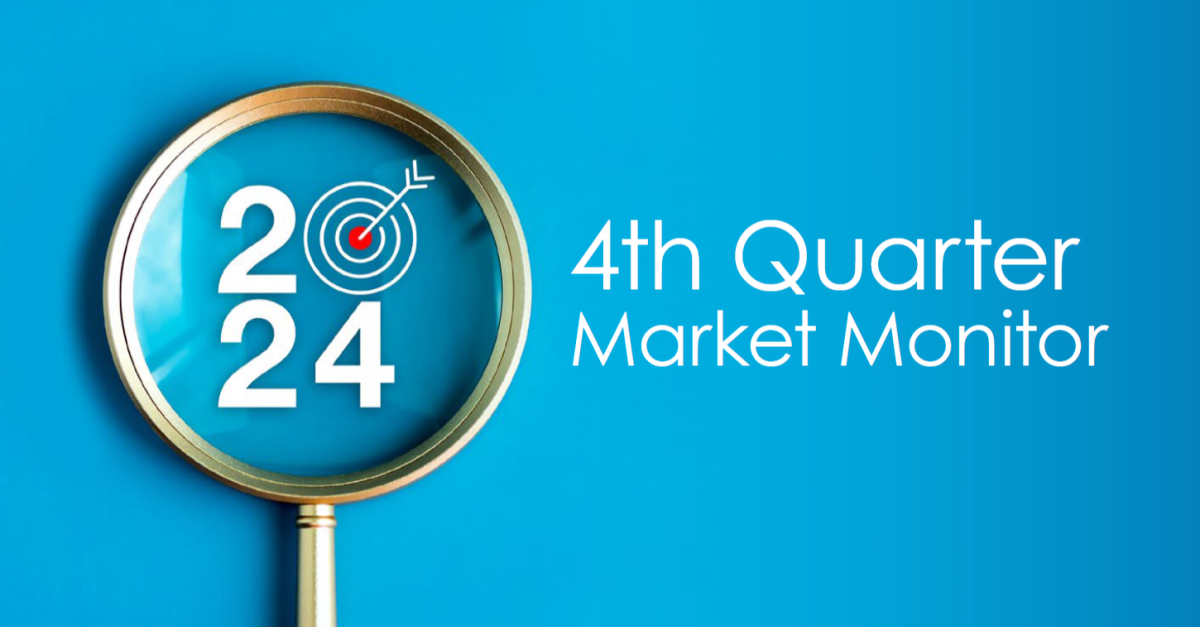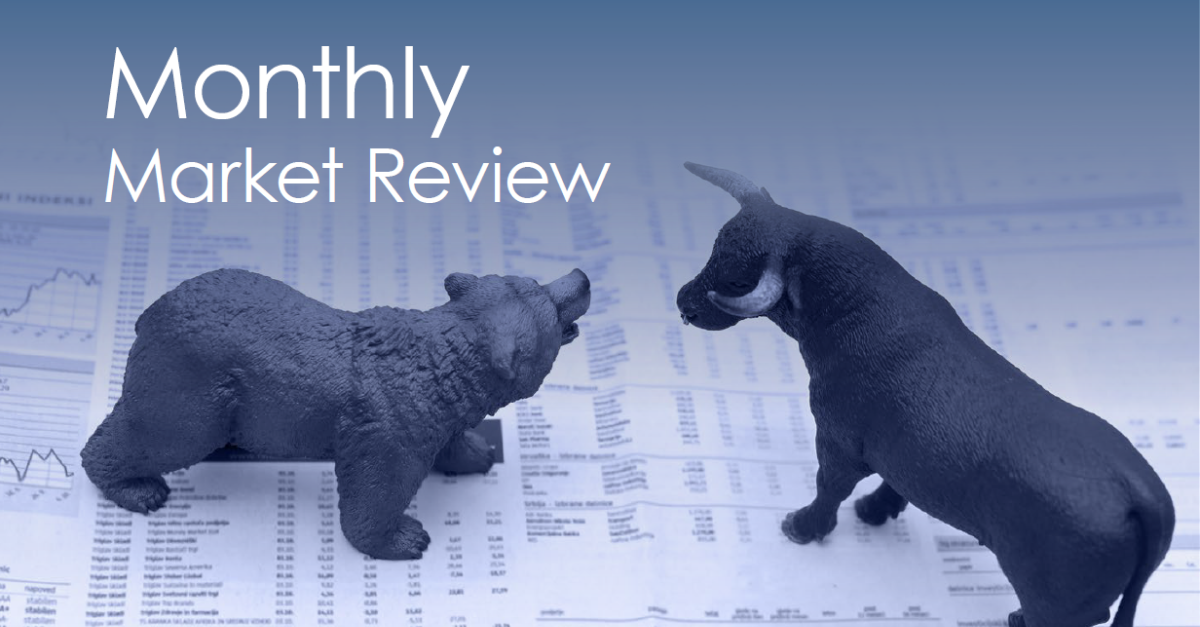Everybody wants to be free.
The question is, how many are willing to do what it takes to reach financial freedom, where you have enough passive investment income to cover your living expenses and are not reliant on work.
Millennials popularized FIRE — Financial Independence, Retire Early — as a way to shake up the traditional work-life story. And the idea has morphed to include endless variations.
What is clear is that there are times in our lives when it is easier to target and reach financial freedom because they are times of transition.
One of those times is in our 50s when children are grown, and some event triggers the thought.
People in their 50s enter an intriguing phase. Married or divorced, many become empty nesters. They reach the end of the period where they had survival responsibility for their children.
While men are undergoing subtle psychological shifts, women are going through biological transits.
For men and women alike, as houses get emptier, lives get simpler. Old dreams are revisited, and the idea of taking on new challenges moves up the list of priorities. They find themselves asking, “Is this all there is?”
All these changes open a window in which life can be redefined. So, if you find yourself having thoughts of financial freedom — or midlife FIRE — don’t be surprised. What does have to be factored into your musings, though, is how our extended life expectancy changes your financial calculations. No longer is child-rearing followed shortly by retirement. Today, more people will live to age 90 and 95, so you have an entire extra adulthood (30+ years) to cross.
Question #1: “What do you want to pursue in the decades ahead of you?”
Your first step will likely be to define precisely what you want that last third of your life to look like. Where will you live? What will you do? And what will it cost to do it? What is the magic number that offers you financial freedom, and how fast can you reach it?
Question #2: “How are you going to finance all those years?”
Your next step might be to look at two areas: incoming and outgoing flows of money.

On incoming funds, what are you earning, and how can you make more? Do you and your spouse both work? If not, can you? Can you take on extra side gigs? (The freelance world isn’t just for Millennials. It has opened up earning opportunities for all age groups, based on marketable skills you already have or skills you can acquire.)
On outgoing funds, how can you affect the largest line item in your budget: your housing? Can you downsize? Can you rent out space? Does renting make more sense than owning? Transportation is probably your next most significant cost. How can you lower that? Depending on how much you want to reduce your total outflow of funds, what other things can you cut? Is reaching financial freedom enough of a motivator to give up ‘niceties’ that excite you less than the feeling of freedom will someday?
Eradicating debt will lower how much you will need each month as you live out your life of financial freedom. As you make a list of all the debts you are carrying, what can you pay off, and how fast can you do it?
And then comes accumulating assets. As you increase income and decrease expenditures, how can you invest in assets that grow, as well as assets that generate lifetime income? Even as a qualified D-I-Y investor, you may want to ‘invest’ in input from a professional who can run scenarios on the various investment strategies you consider. Taxation and inflation are two factors that can quickly derail your future plans. If you are not an expert in both, think about consulting someone who is.
Designing a new life of financial freedom starting in your 50s — especially if you had not been headed there before — takes a lot of creativity and discipline. If you tried something different with your life, what would it look like? FIRE started as a philosophy that promised that frugality and minimalism would take you to early retirement. Your midlife FIRE can look however you want it to look.
You decide how radical to go, how far from where you are today. You may need a Plan B. You may not be able to pull it off if you stay in the U.S., for example, but may find that the ideal solution is to move abroad to where the climate is perfect and the cost-of-living even more so. (An article in today’s International Living newsletter is titled “A $30,000 Home in Chile Paves the Way to an Early Retirement.”)
Housing is usually the first target, as confirmed by Mortgage Professional America’s survey that says that 27% of Over-55s are motivated to move because of downsizing and 26% for retirement.
You may make some choices that work for you, but that are uncomfortable for friends and family. (You see, your adventurousness threatens their status quo.) But by your 50s, it’s probably much easier for you to let go of what ‘they’ think. And you may have to.
To make midlife FIRE successful when you might be beyond your peak income-earning years, you may benefit tremendously from reassessing how you define happiness. Paint that picture. Inhabit it.
That exercise alone should bring you all the motivation you need to make it a reality.
One thing is for sure: your success will depend on the clarity of your goals, your knowledge of finances and strategic options, and the strength of your convictions.
*This article is for informational purposes only and should not be considered investment advice.



